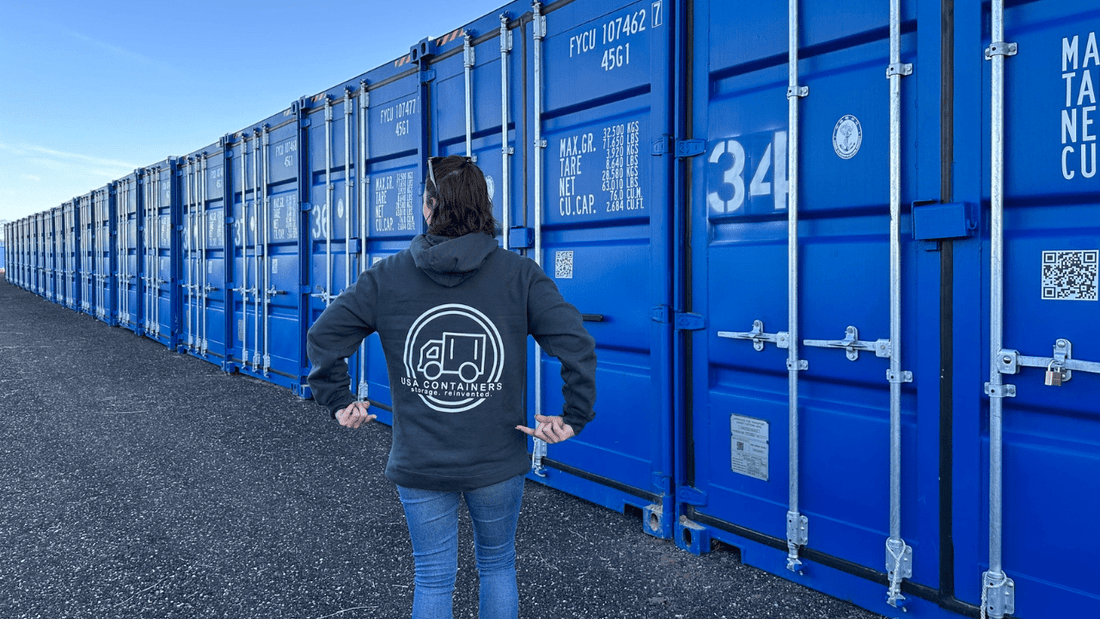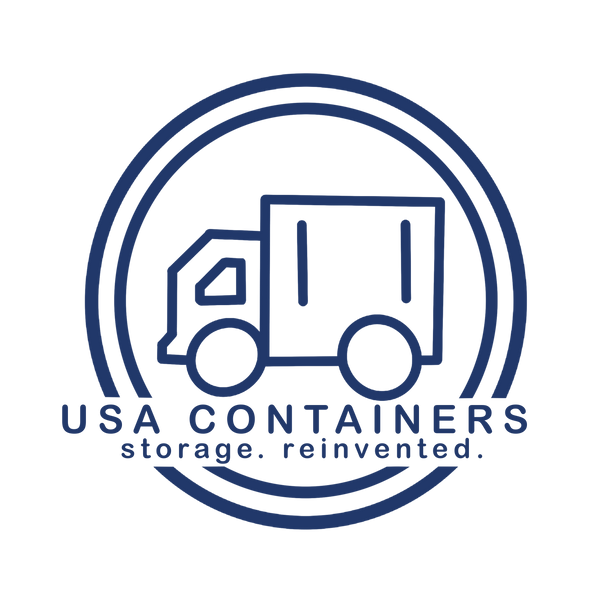
How to Start a Storage Facility Using Shipping Containers
Share
If you’ve been exploring business opportunities that balance low overhead with long-term potential, a storage facility built from shipping containers might just be the one you’re looking for. This business idea blends practicality with scalability, and you don’t need to be a real estate mogul to get started. With smart planning and the right setup, you can turn a basic plot of land into a cash-flowing storage business.
Here’s a breakdown of how to launch your own storage facility using shipping containers:
Why Should I Use Shipping Containers for My Storage Facility?
Shipping containers are durable, portable, and relatively affordable. Designed to withstand extreme weather and rough handling on cargo ships, they’re more than tough enough for long-term outdoor use. And because they’re modular, you can add or subtract units as your business grows.
You’re not locked into the traditional brick-and-mortar model. You can scale at your own pace, and you won’t need to jump through as many hoops to build out your site.
Step 1: Research Zoning Laws and Permits
Before you spend a dime, check local zoning regulations. Some municipalities embrace shipping container-based storage; others are less enthusiastic. Talk to your city or county planning office to confirm that your target property is zoned for commercial storage use.
You’ll also want to ask about permits, drainage requirements, fencing rules, and any landscaping or aesthetic restrictions. Skipping this step could cost you big down the line. If you're buying land, be sure it's flat and has decent access—ideally, near a residential or industrial area with a strong demand for storage.
Step 2: Find the Right Containers
Standard shipping containers come in 20-foot and 40-foot lengths and are 8.5 feet or 9.5 feet tall. The high-cube containers (9.5 feet tall) add extra space, which allows you to market your units as “oversized.”
While used containers from USA Containers are wind and watertight, if your budget can handle it, go for their new (one “one-trip” shipping containers. Containers in this category have only transported goods across the ocean once so they are in like-new condition, so their appearance is more likely to impress your customers.
Click here for descriptions of the different classifications of shipping containers available from USA Containers.
Step 3: Prep the Site
You don’t need to pour concrete foundations, but you do need a solid, level base. Crushed gravel is a popular and cost-effective option. It drains well and keeps the containers off the soil, preventing corrosion.
Arrange the shipping containers with space for vehicle access—especially if you’re targeting customers with trailers or small moving trucks. Through lanes and wide turning areas make your site more appealing. Also consider installing security fencing, lighting, and cameras right away. A safe, well-lit site builds trust and deters theft.
Step 4: Set Pricing and Payment Options
Pricing depends on your market, but most storage businesses charge between $75 and $250 per unit per month. Do some competitive research: see what nearby facilities charge for similarly sized units, then set your rates accordingly.
Don’t forget to factor in the value of drive-up access, 24/7 availability, and extra security features. Offering autopay and online booking makes life easier for your customers—and you.
You might even consider tiered pricing: offer a few upgraded units with climate control, shelving, or electrical access for customers who need something more than just basic storage.
Step 5: Market Your Facility
Even with the best site in town, you won’t fill units without visibility. Build a simple, mobile-friendly website that lists your pricing, availability, and amenities. Include lots of photos—especially interior shots of the containers—so potential renters know what they’re getting.
List your facility on Google Business, Yelp, and storage comparison websites. Run a few paid ads to get the ball rolling, and consider offering discounts to first-time renters or long-term customers.
And don’t underestimate old-school tactics like signage. A well-placed roadside banner can do more for local visibility than an expensive digital campaign.
Step 6: Streamline Operations
Once units are rented out, your job shifts to management. Use property management software to track occupancy, automate billing, and send out reminders. This will save you time and reduce missed payments.
Keep the site clean, respond to inquiries promptly, and maintain good communication with tenants. You don’t need to be on-site every day, but your customers should feel like you’re never far away.
If you’ve got multiple shipping containers and a decent location, word of mouth will kick in faster than you think. People need storage, and a well-run facility practically markets itself.
Building a storage business with shipping containers isn’t just a cost-effective alternative—it’s a smart move for entrepreneurs who value flexibility and long-term returns.
Fill out the form below for a free shipping container quote from USA Containers:
